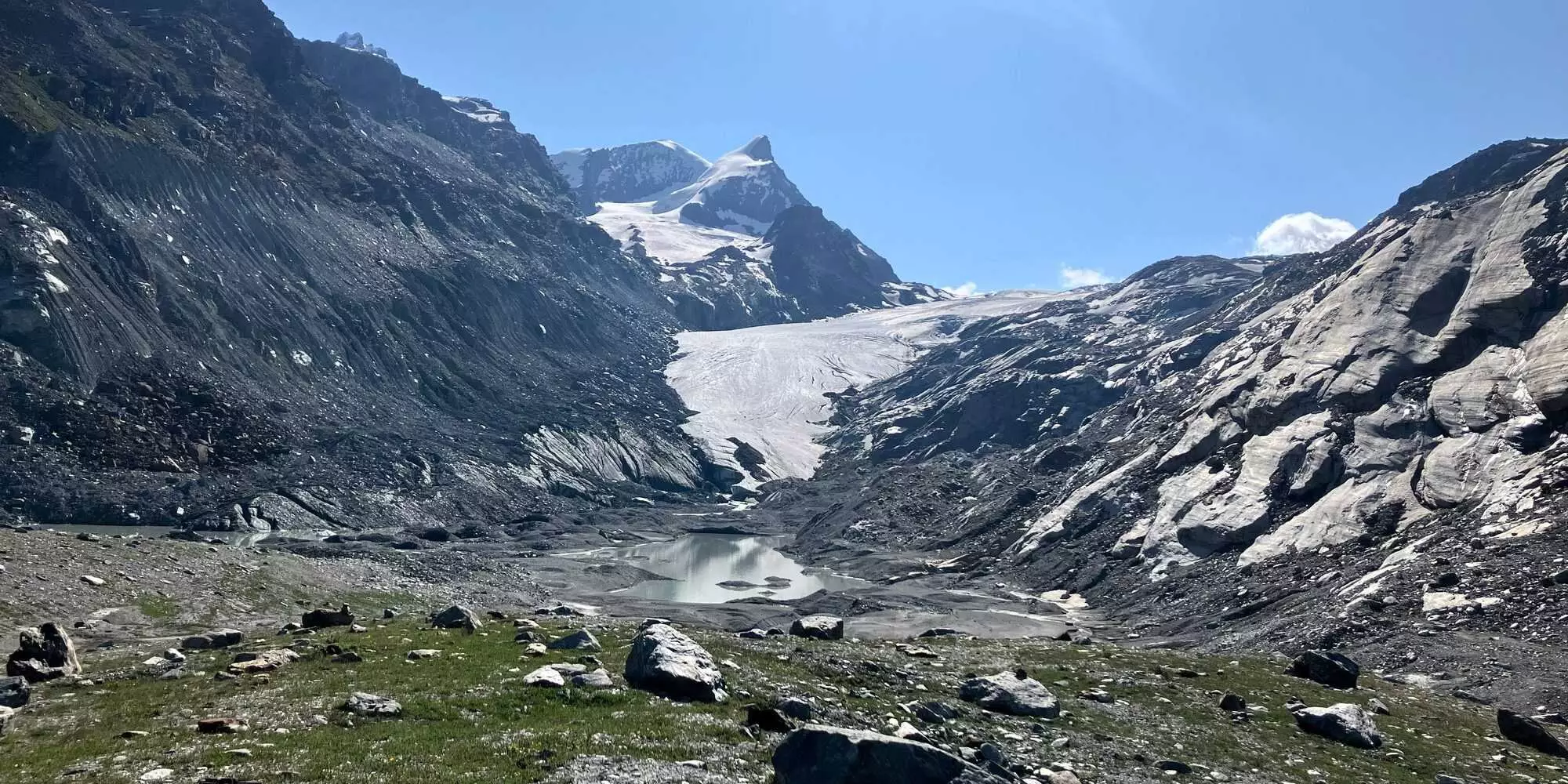Mountains have long been celebrated as the world’s natural water towers, pivotal for ecosystems and human populations that rely on their supplies. Yet, a crucial dimension of this natural phenomenon has remained cloaked in obscurity: the intricate interplay between the cryosphere—comprising ice and snow—and groundwater systems. A recent Perspective Paper published in *Nature Water* sheds light on this complexity, arguing that traditional understandings of mountain hydrology often overlook the vital functions of cryosphere-groundwater interactions. This oversight could jeopardize our predictions about water availability, especially amid the challenges imposed by climate change.
The significance of snow and glacial melt cannot be overstated, particularly during warmer months when these resources are lifelines for many downstream communities. However, the nuance of where this meltwater originates and where it ultimately goes—whether it directly feeds surface rivers or seeps into groundwater—remains elusive. This gap in knowledge, as pointed out by Marit van Tiel, a leading voice in the field and a postdoctoral researcher at ETH, demands attention if we are to effectively manage our water systems in the face of escalating climatic challenges.
Variability in Meltwater Contributions
The research team—a coalition of specialists across various domains including glaciology, hydrogeology, and socio-hydrology—unveiled a disconcerting reality: Estimates of meltwater contributions to groundwater systems vary dramatically, thus obscuring a clear picture of mountain water dynamics. The challenges of measuring groundwater in remote mountain locations further exacerbate this ambiguity. Unlike more accessible regions, mountains present unique difficulties that require innovative approaches to understanding their hydrological processes. These site-specific studies limit comparative analyses and undermine efforts to generalize findings across broader contexts.
As climate change accelerates glacial retreat and affects snowfall patterns, it becomes imperative to disentangle how meltwater interacts with groundwater sources. The need for robust, comprehensive data on meltwater-groundwater connectivity is paramount. Without this knowledge, we risk crafting water management strategies that are inadequate for the demands of a fluctuating climate.
The Time and Spatial Dimensions of Connectivity
Determining the spatiotemporal characteristics of meltwater movement remains a critical challenge. Researchers must explore how long and how far meltwater travels to transition from surface features into the groundwater reservoirs. This inquiry touches on several pressing questions: When does the meltwater re-emerge, and how does it affect the broader water supply systems? Understanding the timeline and pathways through which meltwater travels is crucial for developing sustainable practices that manage both mountain communities and their downstream counterparts.
The factors influencing this connectivity span across dimensions of both space and time, making it essential for experts to collaborate across disciplines. An integrated research approach that fuses elements from cryospheric science, hydrogeology, and climate modeling could yield invaluable insights into these complex interactions. The authors advocate for the orchestrated efforts of various scientific experts, underscoring that without understanding the links between the cryosphere and groundwater, we deprive ourselves of a holistic view of water dynamics in mountainous terrains.
A Call to Action Amidst Climate Concerns
As global temperatures continue to rise, the sensitivity of mountain ecosystems and their water supply becomes increasingly apparent. The clock is ticking. Climate-induced alterations—such as melting glaciers, reduced snow accumulation, and erratic precipitation patterns—pose risks that extend far beyond mountain tops. Below these peaks reside ecosystems and communities that depend on consistent water availability for survival and agricultural practices. The authors assert that addressing these challenges is not just an academic concern but a practical necessity.
Research efforts that duly incorporate the intricate dance between the cryosphere and groundwater are vital for planning informed and sustainable resource management strategies. The stakes are high, as inadequate approaches could lead to disastrous consequences for both human communities and natural habitats in the years to come. Our understanding of water systems in mountainous regions must be refined and expanded, ensuring that we are well-equipped to face the hydrological uncertainties that climate change presents. Only through comprehensive, interdisciplinary collaboration can we hope to preserve these vital water towers for future generations.


Leave a Reply